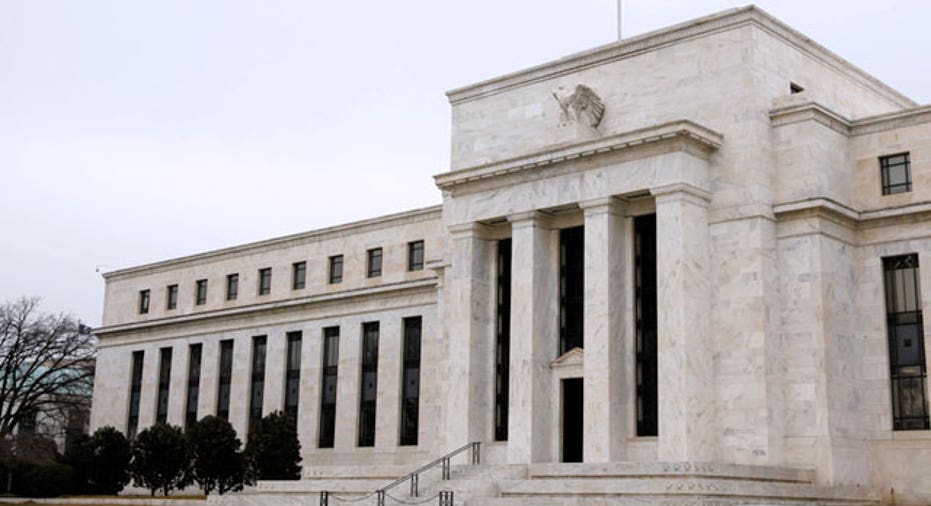Forget the Fed, You Can Still Find Yield

With the Federal Reserve largely expected to begin hiking interest rates sometime this year, fixed-income assets could weaken, but bond exchange traded fund investors have some alternative options to help maintain yield generation and hedge against the negative effects of rate risks.
Bond-related ETFs are exposed to rate risks because of their effective duration exposure. Bond funds hold a collection of debt securities to maintain their target duration strategy. The ETFs will also see their underlying holdings decline in value as the older issues trade at a discount to newer issues with higher yields. Consequently, the funds may lose out when selling a less valued older debt securities for the better-yielding newer issues when trying to maintain their target duration strategy.
Instead, bond investors may consider substituting credit risk for interest-rate risk to earn higher returns. For example, senior loans, bank loans or leveraged loans may act as an attractive alternative. A Senior loan is a private loan a firm takes from a bank or a syndicate of lenders. The loans are backed by the borrowers' assets, which act as collateral. If the borrower defaults, lenders have a senior claim on the defaulters' assets
While senior loans are rated below-investment grade, default rates on senior loans have historically been slightly below those of high-yield or junk bonds. The S&P LSTA Leveraged Loan Index showed an average default rate of 3.2% from 1998 through 2015, compared to the average 4.6% default rate on the U.S. high-yield bond market.
Moreover, senior loans have a floating interest rate, which fluctuates with market rates. Because rates are typically reset once per quarter, senior loans come with low durations. Since the senior loans have rates that adjust periodically, the floating-rate loans also offer investors an alternative method of earning yields that helps mitigate interest-rate risk. Consequently, due to their floating rate component, bank loans are seen as an attractive substitute to traditional corporate bonds in a rising rate environment.
For example, the PowerShares Senior Loan Portfolio (NYSE:BKLN) attracted $350 million in net inflows over the past month as investors turned to alternative bond assets in anticipation of a June interest rate hike. In contrast, the iShares iBoxx $ High Yield Corporate Bond ETF (NYSE:HYG) saw over $1 billion in net outflows.
BKLN has an average 33.93 day reset period – the average number of days until the floating component of the loans reset. The ETF also comes with an attractive 5.92% 30-day SEC yield.
Along with BKLN, investors may look to the passive index-based Highland/iBoxx Senior Loan ETF (NYSE:SNLN). There are also two actively managed options, including the SPDR Blackstone/GSO Senior Loan ETF (NYSE:SRLN) and First Trust Senior Loan ETF (NASDAQ:FTSL).
SNLN has a 40.1 day reset period and a 4.74% 30-day SEC yield. SRLN shows a 36 day reset period and a 3.87% 30-day SEC yield. FTSL comes with a 51.56 day reset period and a 4.06% 30-day SEC yield.
The actively managed bank loan ETF options could provide investors with better exposure as a manager is more freely able to weave in and out of the fixed-income market. For instance, Blackstone/GSO, which subadvises SRLN, is backed by one of the largest senior loan asset managers in the world.
Investors should keep in mind that they are still exposed to credit risk as the majority of underlying bank loan holdings are rated speculative-grade or junk. Additionally, senior loans come with significant liquidity risks - senior loans do not come with a maximum settlement period, which may cause trouble for funds that try to redeem senior loans during more volatile periods. Fund providers, though, may stick to more liquid segments of the senior loan market and hold cash to help offset this risk.
This article was provided by our partners at etftrends.com.